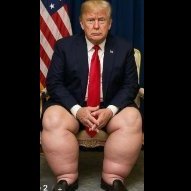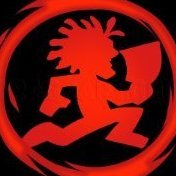Any Problem With The 'old' Volvo S40 ?
-
Recently Browsing 0 members
- No registered users viewing this page.
-
Topics
-
-
Popular Contributors
-
-
Latest posts...
-
131
Middle East Four journalists among 15 dead in Israeli strike on hospital
Any journalist working in an active war zone is fully aware that they could be killed at any moment..... It's their choice to be there... -
47
Americans seek escape for political reasons at record numbers
Dont you just picture some indeterminate sex pierced screaming purple hair just frothing at keyboards? -
20
UK-Politics Farage's Push: Five Daily Migrant Flights and UK Unrest Warning
An investigative journalist, Joshua Philipp of Epoch Times, is interviewed about the extraordinarily deep ramifications of illegal mass migration into the United States from South and Central America (with parallels for the U.K.). NGOs and United Nations involved. Judge for yourself the credibility of what he says. -
47
Americans seek escape for political reasons at record numbers
Ouch Im looking for a house there -
8
Military Thailand Buys 4 New Gripen Jets in Deal with Sweden
They are new production. The E has only just entered Swedish service so there are NO "Spare" leftovers -
64
Middle East Israel Launches Massive Gaza Strikes Ahead of Major Offensive
Israel with just trade with China or India or Brazil or Russia . Embargo wont have much effect on Israel
-
-
Popular in The Pub

.thumb.jpg.b54783ad387f65d779e04f535fcfeee9.jpg)








Recommended Posts
Create an account or sign in to comment
You need to be a member in order to leave a comment
Create an account
Sign up for a new account in our community. It's easy!
Register a new accountSign in
Already have an account? Sign in here.
Sign In Now